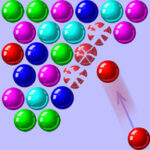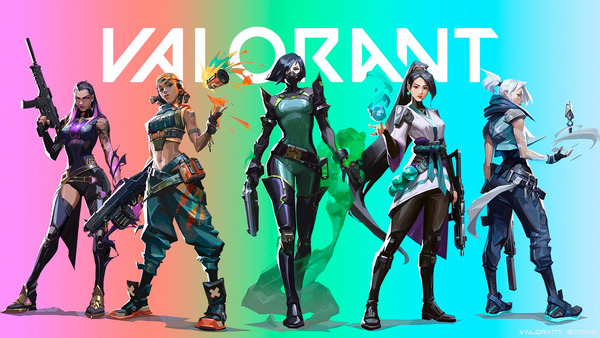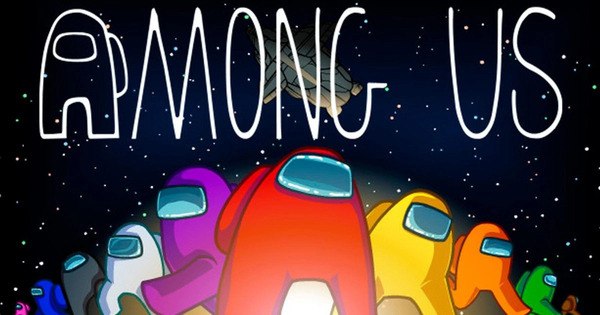Hello Neighbor 3 is the latest installment in the iconic stealth horror series by tinyBuild and Eerie Guest Studios. It expands the eerie universe of Raven Brooks with a new semi-open world structure, multiple playable characters, and deeper psychological tension. The game brings back the familiar elements fans love — intense hide-and-seek gameplay, unpredictable AI, and mind-bending mysteries — while also building on its predecessors’ weaknesses with improved mechanics and stronger narrative cohesion.
As players once again enter the shadows of the seemingly innocent neighborhood, the stakes are higher and the secrets more disturbing. This game isn’t just about avoiding the Neighbor anymore — it’s about uncovering the truth behind a much bigger nightmare.
1. The Evolution of the Hello Neighbor Franchise
The Hello Neighbor franchise began as an indie horror concept and quickly exploded into a multi-platform phenomenon. What started as a small stealth-puzzle game grew into a multimedia brand, with books, spin-offs, and even a planned animated series. Hello Neighbor 3 marks a critical point in that evolution — one where tinyBuild attempts to refine the gameplay while expanding the universe.
Earlier entries, while ambitious, were criticized for inconsistent design and technical issues. Hello Neighbor 3 is positioned to address these problems by offering a more polished experience built on a larger scope and deeper lore.
The developers have clearly listened to the community, introducing systems and features that better reflect what players expect from modern horror games.
2. Setting: Raven Brooks Reimagined
In Hello Neighbor 3, players return to Raven Brooks, the quaint suburb with a dark secret. However, this time, the environment is not limited to a single house or street. The game introduces a semi-open world system where different buildings and locations can be freely explored.
Each area in Raven Brooks — from abandoned schools and underground bunkers to eerie parks and trap-laden homes — offers distinct puzzles, backstories, and threats. The town is more alive (and dangerous) than ever.
The interconnected layout gives the player a sense of freedom while still funneling them through key narrative beats. This results in a more immersive experience that encourages exploration and rewards curiosity.
3. Story and Narrative Depth
The story of Hello Neighbor 3 continues the franchise’s dark and mysterious themes. Players assume the role of one of several returning child characters, now teenagers, who are determined to uncover what’s really happening behind the scenes in Raven Brooks.
The game dives deeper into the lore of Mr. Peterson, the original Neighbor, but also introduces new characters, factions, and hidden organizations. Voice logs, environmental storytelling, and cutscenes work together to offer a more coherent, emotionally resonant experience.
While the plot remains intentionally cryptic, there’s a noticeable improvement in storytelling clarity, helping players stay engaged without getting lost in the confusion.
4. Gameplay Mechanics and Improvements
Hello Neighbor 3 remains fundamentally a stealth-based puzzle game. However, the mechanics have been significantly refined from earlier entries. Movement feels smoother, controls are tighter, and the AI is more dynamic and less predictable.
New features include:
-
A functional inventory system with upgrades
-
Crafting mechanics for traps and tools
-
An improved hint system that can be toggled
-
Better save system with checkpoints across levels
These additions make the game more accessible to new players while retaining the series' high tension and strategic gameplay.
The core of the experience is still about observing enemy behavior, sneaking around, solving puzzles, and unlocking new areas. But this time, there’s far more to interact with, and the consequences feel more meaningful.
5. Enemy AI and Psychological Horror
One of the franchise’s hallmarks is its adaptive enemy AI, and Hello Neighbor 3 takes this further by introducing multiple antagonists with unique personalities and routines. Each enemy adapts to your playstyle — if you enter through windows often, they may set traps there. If you hide in closets frequently, they may start checking them first.
This system keeps the tension high and prevents players from relying on the same strategies throughout the game.
In addition to smarter AI, Hello Neighbor 3 leans more into psychological horror. While there are still chase sequences and jump scares, the real fear comes from the oppressive atmosphere, disturbing imagery, and the constant feeling of being watched. Hallucinations, warped memories, and eerie audio design amplify the unsettling tone.
6. Puzzles and Exploration
Puzzle-solving is central to Hello Neighbor 3’s gameplay loop. Fortunately, this time around, puzzles are more logically designed and integrated into the environment. Instead of random object hunts, players must now combine clues, explore for patterns, and interact with machinery, codes, and physics-based elements.
Puzzle types include:
-
Environmental puzzles tied to weather, lighting, or temperature
-
Inventory puzzles requiring item combinations
-
Sound and light-based pattern recognition
-
Time-based escape sequences
Exploration is heavily encouraged. Hidden rooms, locked doors, and visual clues are scattered throughout each building. The game rewards players who observe carefully and take risks.
7. Visual and Sound Design
Hello Neighbor 3 upgrades its visuals significantly while retaining the series’ signature cartoon-horror style. Character models, lighting effects, and shadows are more detailed, and environments are layered with grime, decay, and subtle clues that contribute to storytelling.
Dynamic lighting plays a key role, not just for mood but for gameplay. Players use flashlights, lamps, and even flames to manipulate shadows and reveal hidden paths.
Sound design is another highlight. Every creak, whisper, and footstep is designed to make players anxious. Audio cues warn of nearby enemies, and music swells to signal danger. The game also uses silence effectively to build tension between encounters.
8. Multiplayer and Co-op Elements
For the first time in the mainline series, Hello Neighbor 3 introduces limited co-op features. While not fully multiplayer, the game includes segments where players can switch between characters or work together via asynchronous mechanics.
There are also optional online challenges and leaderboard puzzles that track your stealth efficiency, puzzle speed, and resourcefulness. These don’t change the main story but offer replay value for competitive players.
The multiplayer elements are still in their infancy, but they open the door for expanded modes or future updates that could allow co-op exploration or PvP hide-and-seek.
9. Pros and Cons
Pros
-
Expanded semi-open world with excellent atmosphere and variety
-
Smarter AI and more interactive enemy behavior
-
Puzzles are better designed and feel less random
-
Strong improvements in storytelling and world-building
-
Enhanced sound and visual effects increase immersion
Cons
-
Occasional bugs and frame drops in larger environments
-
Story can still feel vague or fragmented for some players
-
Some enemies have inconsistent pathing or exploits
-
Limited replay value after full completion
-
Co-op features are promising but not fully developed
10. Final Expert Rating and Verdict
Hello Neighbor 3 is a clear step forward for the franchise. It addresses many of the criticisms of earlier titles while keeping the core stealth horror gameplay intact. The expanded world of Raven Brooks is haunting and fascinating, encouraging deeper exploration and emotional investment.
By refining its AI systems, polishing puzzles, and improving its narrative delivery, the game delivers a richer experience than its predecessors. Although a few technical issues and pacing quirks remain, they’re far outweighed by the creativity and improvements on display.
Hello Neighbor 3 may not be for everyone — especially those who prefer more straightforward action-horror — but for fans of experimental stealth, psychological storytelling, and atmospheric exploration, it's one of the most ambitious indie horror releases of the year



























